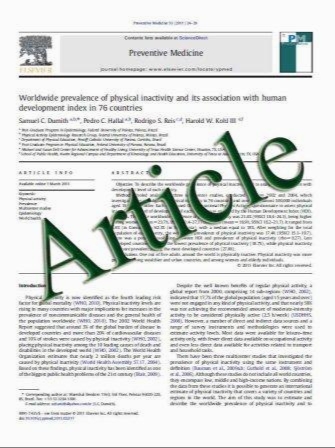Morphology of the pancreas of some species belonging to the genera Phelsuma and Gecko (family Gekkonidae): evidence of apoptotic process during the seasonal cycle
- نوع فایل : کتاب
- زبان : انگلیسی
- مؤلف : S. Buono Æ G. Odierna II Æ R. Putti
- چاپ و سال / کشور: 2006
Description
In this study we investigated comparative morphology of the endocrine pancreas of several species belonging to the family Gekkonidae and apoptotic processes of the pancreas which may be correlated to the seasonal cycle. The following species of the family Gekkonidae were studied: Phelsuma lineata, P. madagascariensis, P. dubia, P. abotti, Gekko gecko, G. vittatus, and Geckonia chazaliae. In all these species the pancreas consisted of large and medium islets as well as endocrine cells which were scattered throughout the acinar cells. Exocrine parenchyma consisted of tubuli-acini. Four mayor cell types were identified in the endocrine pancreas, using immunocytochemistry: glucagon-immunoreactive (A) cells, insulin-immunoreactive (B) cells, somatostatin-immunoreactive (D) cells, and pancreatic polypeptide immunoreactive (PP) cells. In the endocrine pancreas the amount of A cells and B cells was either equal or a prevalence of A cells was observed. In the wet season the pancreatic morphology presented normal features with very rare apoptotic cells. The animals belonging to the genus Phelsuma taken in the dry season (July) showed numerous vacuolated, Caspase 3, 9 and 11-immunoreactive acinar and some endocrine cells containing picnotic nuclei which were positive to tunel reaction. The animals belonging to the genus Gekko taken at the end of the dry season (October) exhibited strongly vacuolated, Caspase 3, 9 and 11-immunoreactive endocrine and some acinar cells containing nuclei which were positive to tunel reaction. These apoptosis events could be a reaction in response to stress mechanisms, such as a starvation period during the dry season
Anat Embryol (2006) 211: 413–421 Accepted: 14 March 2006 / Published online: 9 June 2006


